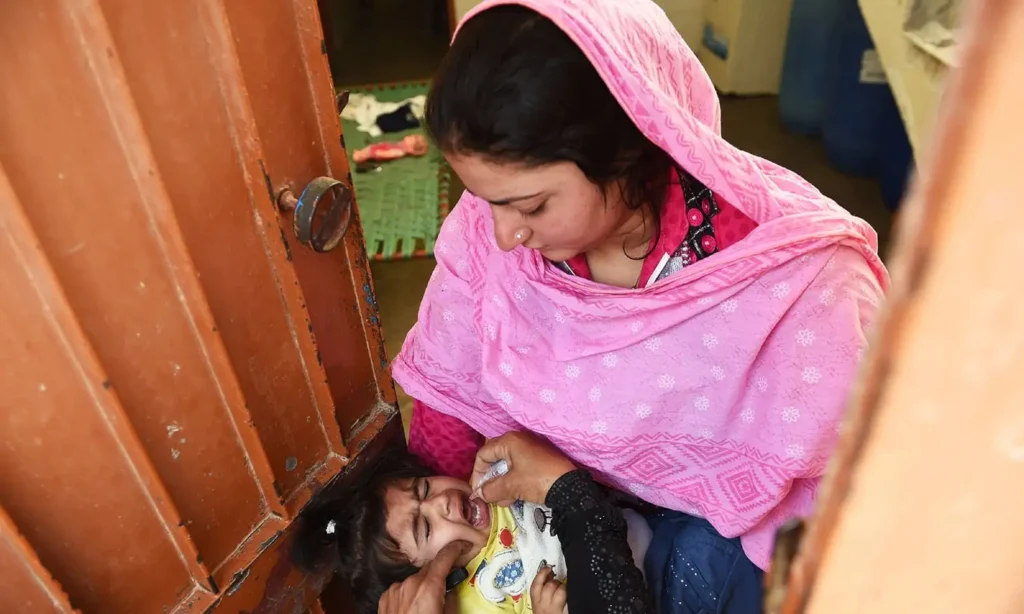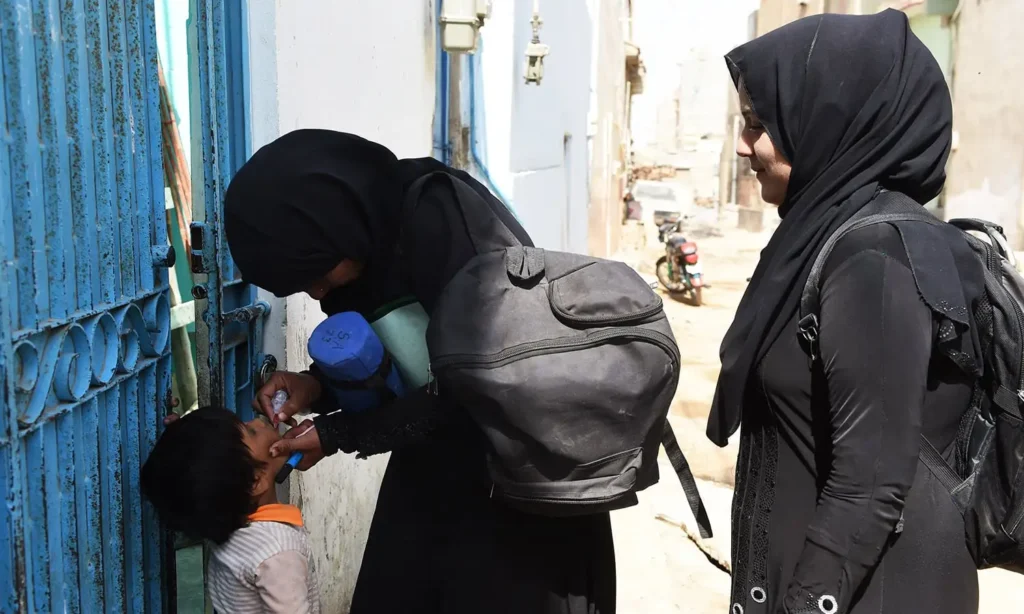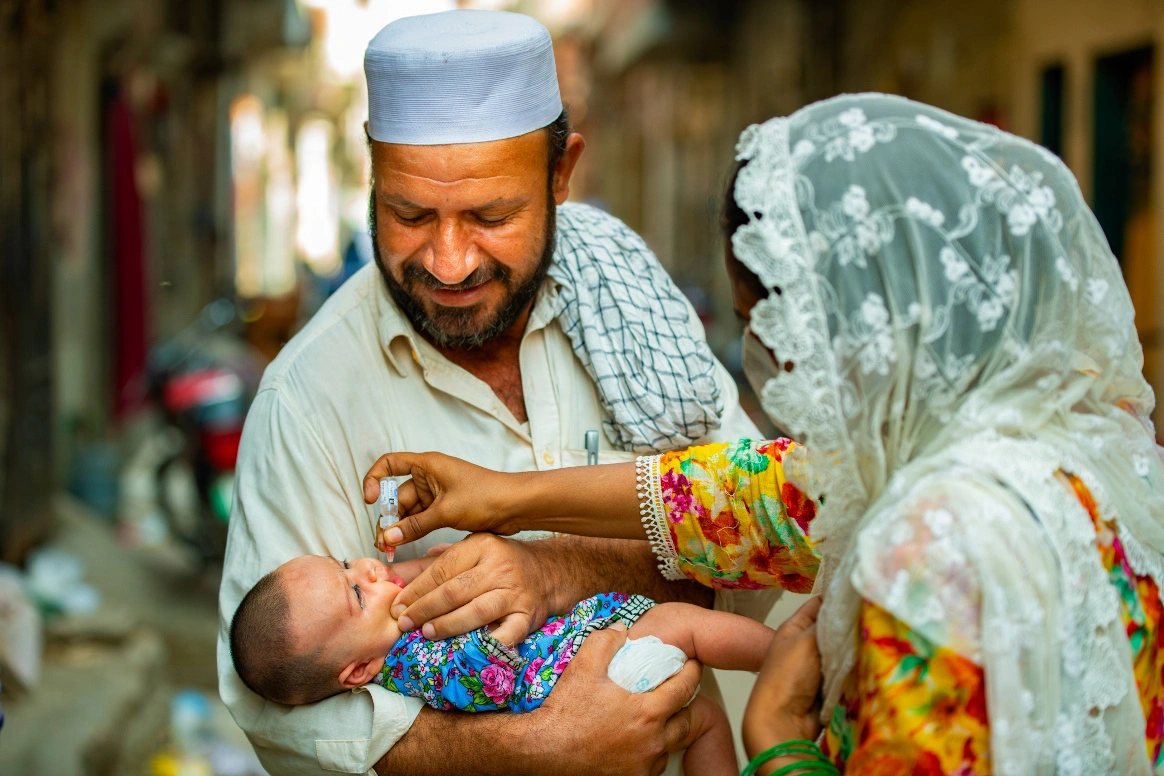Karachi is top in refusal of polio vaccination
– Attitude is bigger factor then literacy
– Surprisingly Posh areas in Karachi are more hesitant in polio vaccination.
– Vaccine reluctance identified as a significant barrier to immunization coverage
– Karachi has the highest refusal rate for polio vaccination.
In an orientation session organized by Emergency Operations Centre for Sindh (EoC) for journalists in Karachi experts shed light on Pakistan’s polio-related obstacles, pinpointing vaccine hesitancy as a major hurdle to achieving sufficient immunization coverage. Karachi, known for having the highest refusal rate for polio vaccination in the country, faces significant challenges in this regard.
Dr Khalid Shafi, representing the Pakistan Paediatric Association“Surprisingly, refusal is more common in posh areas in Karachi, representing well-off, educated families. In fact, people with lower levels of education show more understanding towards polio vaccination”
Dr Shafi, who is a part of the WHO team and national program on polio, pointed out that there were many people who were simply dismissively stubborn and refused to listen to logic.
He, however, credited the government for “effectively controlling the disabling and life-threatening disease” and said polio was 100 per cent controlled in Karachi for two years.

“It’s important that every child gets 12 to 13 doses of polio vaccine for effective protection against the illness. Children, who have already received few doses during their routine immunisation, should also be allowed to get more doses offered in the government-launched campaigns.”

Earlier, Dr Shaukat Ali, representing the Unicef, spoke about the challenges and the progress made against the illness in the country.
The poliovirus, he said, was now endemic only in Afghanistan and Pakistan and that interrupting the virus transmission in this epidemiological block was critical to reaching zero polio.
In reply to a question, he said that the total population of missed children in Sindh stood around 5,000.
“This number has constantly been on the decline as we continue to improve our strategy for better outcomes,” he said.
The data shared in the programme showed that while the number of cases remained in the single digits in Pakistan in 2023, 126 environmental samples tested positive for the virus – a more than threefold increase from 2022.
Nearly 96pc of these samples contained the imported virus cluster of YB3A, which had not been seen in the country since 2021 and was reintroduced in 2023.
This increased detection of environmental samples, the experts said, could be explained by excessive population movement and the expansion of the environmental sample network throughout 2022 and 2023.
However, the volume of these detections also highlighted the continued risk of cross-border transmission and the need for both countries to work on joint efforts to control the spread of the virus.
The indigenous YB3C cluster, which was the dominant virus throughout 2022 in Pakistan, remained restricted to the seven endemic districts in southern Khyber Pakhtunkhwa, where it was detected in five environmental samples and three children in 2023.
“The Wild Poliovirus Type 1 was found in 30 sewage samples in 19 districts in January with new detections in Kech, Nasirabad, Sibi and DG Khan, which have largely remained negative in previous years,” Dr Ali said.
All affected districts were covered during the nationwide vaccination campaign in January, which was considered the first round of outbreak response, while the next campaign is scheduled for February 26 and would be the second nationwide campaign of the year, he added.



